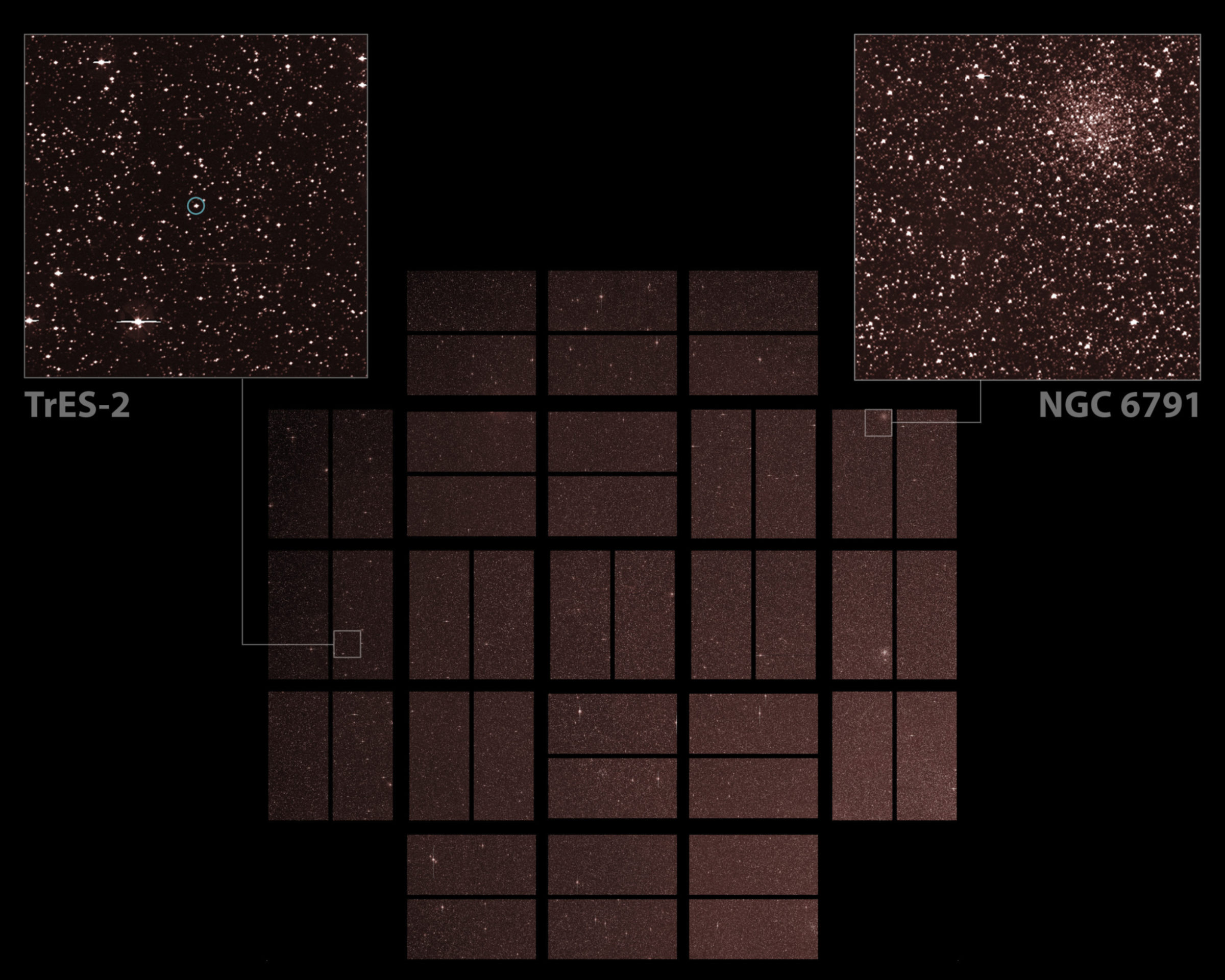Bruce Betts • Jan 04, 2010
Kepler discovers its first five exoplanets
Congratulations to NASA's Kepler mission team on their announcement of the discovery of its first five exoplanets (planets around other stars). All five are "hot Jupiters," meaning that they are the sizes of the gas giants in our solar system, but are extremely close to their parent stars. These are the easiest for Kepler to discover, so not surprisingly the first to be announced. The discoveries are based on about six weeks worth of data.
Kepler uses the transit method of planet detection. The spacecraft stares at the same 150,000 stars over and over and looks for tiny dips in light that would indicate a transit of a planet in front of the parent star, blocking out some of the starlight. Science operations started in May 2009.

The new exoplanets, named Kepler 4b, 5b, 6b, 7b and 8b, range in size from similar to Neptune to larger than Jupiter, and have orbits ("year" lengths) ranging from 3.3 to 4.9 Earth days. Estimated temperatures of the planets range from 1,200 to 16,00 degrees Celsius (2,200 to 3,000 degrees Fahrenheit). All five of the exoplanets orbit stars hotter and larger than Earth's Sun. All have been confirmed as exoplanets by ground-based observatories.

Kepler's true goal is to find Earth-size planets in the habitable zone of Sun-like stars. That will take three years of data, and lots of Earth-based follow-up from projects like FINDS Exo-Earths. In the meantime, Kepler should continue to produce a multitude of discoveries of larger planets orbiting closer to their parent stars. For information on the previous 300+ exoplanets discovered by all methods, see The Planetary Society's Catalog of Exoplanets.

Support our core enterprises
Your support powers our mission to explore worlds, find life, and defend Earth. You make all the difference when you make a gift. Give today!
Donate

 Explore Worlds
Explore Worlds Find Life
Find Life Defend Earth
Defend Earth

